How to care for gardenias
Last Update :2024.11.16
Article Catalog
Pot soil: Gardenias prefer acidic soil with a pH of 5-6. Fertilization: Pour fertilizer once a week during the growth period, and topdress 1-2 times during the budding period. Stop fertilizing when the temperature is above 15℃ in summer and above 15℃ in autumn. Watering: Keep the soil moist and spray the leaves at night. Light: It should be sufficient. It can be maintained in the sun except at noon in July and August.
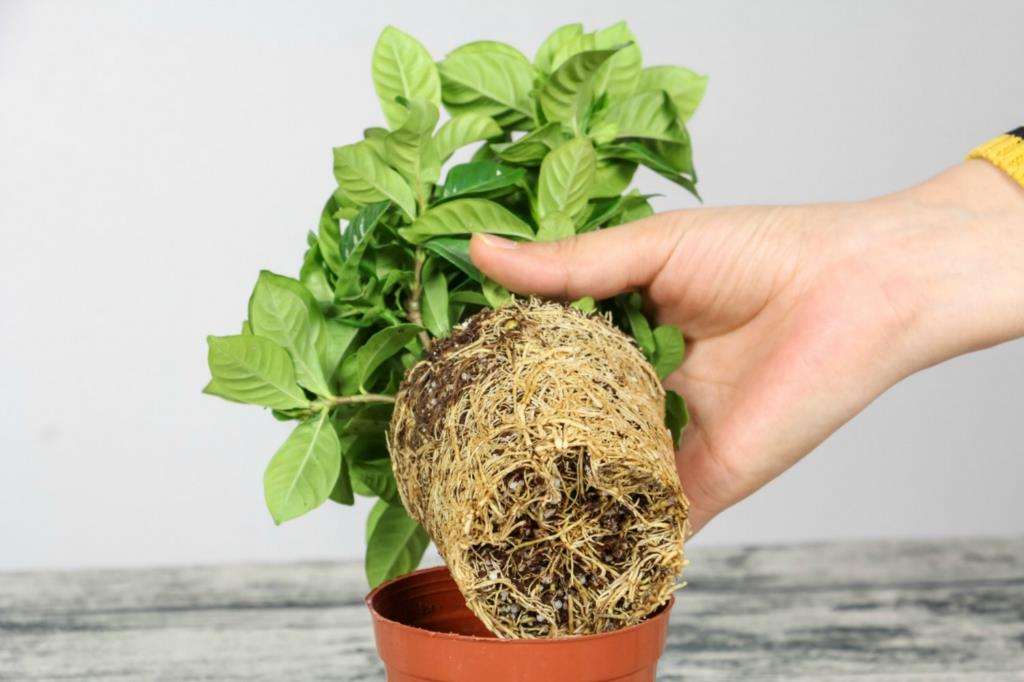
1. Pot soil
1. Pot soil
Gardenia likes acidic soil, with a suitable pH value of 5 to 6. Prepare suitable soil before planting. If the pH of the soil is not suitable, subsequent maintenance will be very troublesome.
The soil used for cultivation is usually leaf mold soil, peat soil and half of the garden soil. Do not use cinders, or directly purchase special gardenia soil, which is convenient and practical.
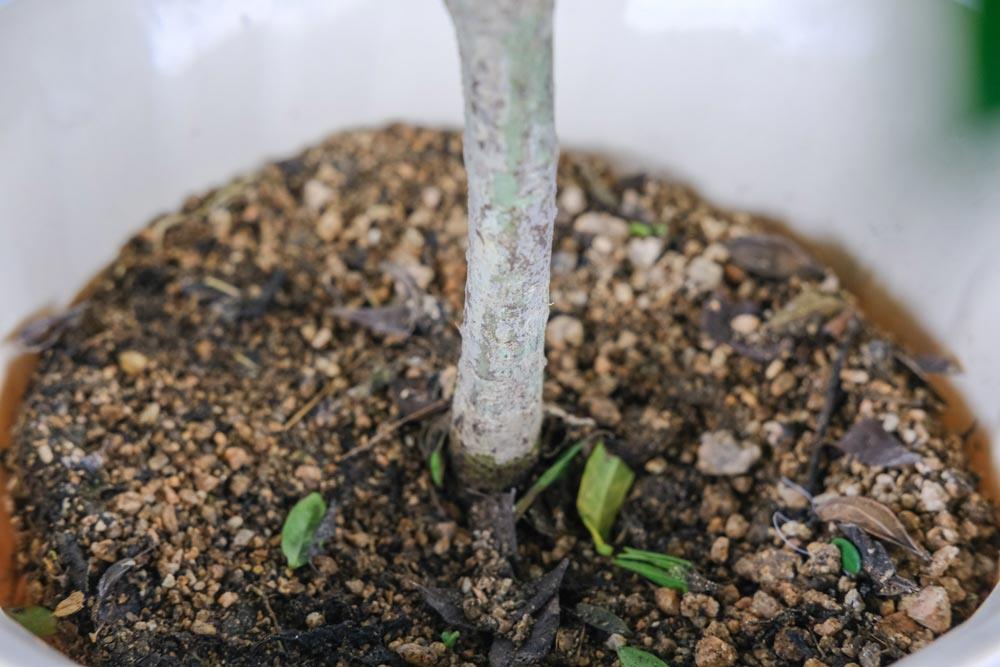
2. Fertilization
Gardenias like fertilizer. When planting, add decomposed cake fertilizer to the soil as base fertilizer.
Use cake fertilizer and ferrous sulfate to make fertilizer water during the growing season, and irrigate once a week. Fully nutritious organic liquid fertilizers can also be used.
Top-dressing 1 to 2 times during the budding stage and watering with potassium dihydrogen phosphate aqueous solution can make the flowers enlarge and have a rich fragrance.
Stop fertilizing when the temperature is above 35℃ in summer and above 15℃ in autumn.
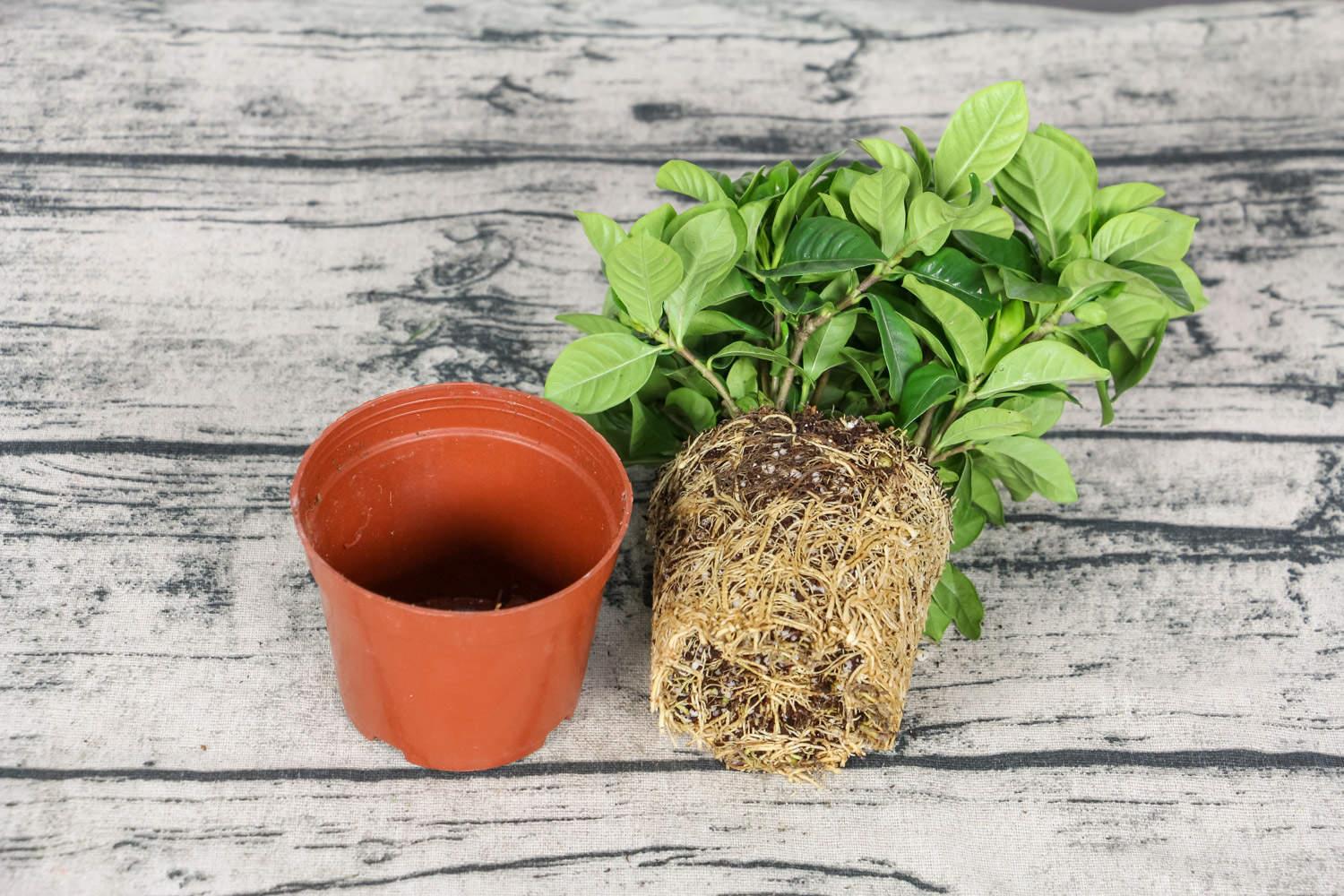
3. Watering Water
Gardenia likes a moist and humid environment. During the growth period from April to September, keep the pot soil moist, water when it is dry and then when it is wet. You can spray the leaves to wet them at night to maintain humidity. If the plant is growing too vigorously, do not water it at night and water it in the morning after the sun comes out.
In northern alkaline water areas, when watering, leave the tap water for one day and then water. After 3 to 5 days, pour a little citric acid solution to keep the leaves green.
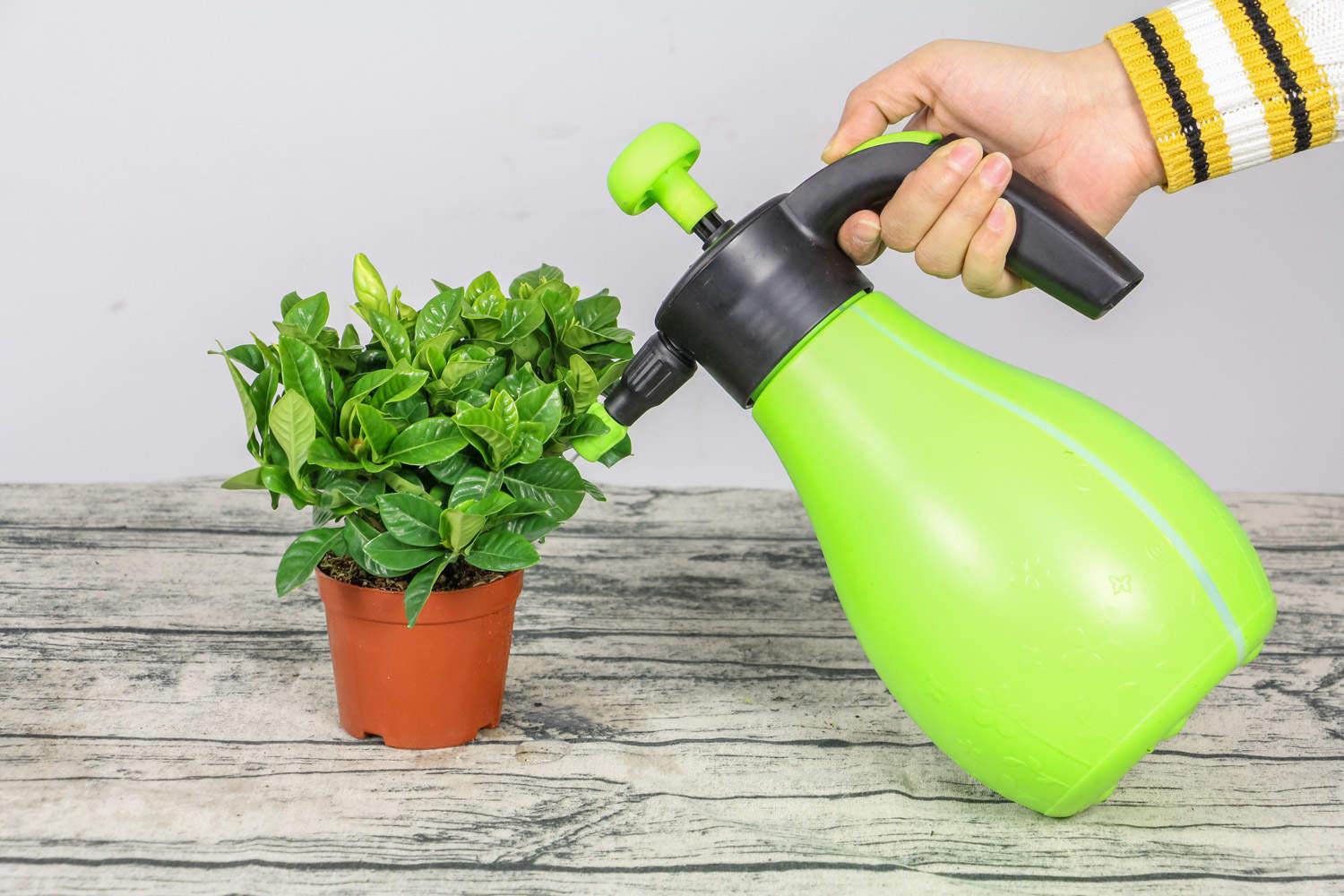
4. Lighting
Gardenia needs sufficient sunlight to grow. If it is placed in semi-shade for a long time, the flower branches will be thin and slender. During maintenance, except for shading at noon in July and August and hibernation in winter, it can be maintained in the sun at other times.
5. Precautions
1. Prevention and control of pests and diseases. Gardenias are more prone to yellowing, leaf spot, and scale insects. Especially in the summer when they are blooming, the weather is hot and humid, and fungal infections can induce diseases and insect pests. After discovery, spray pesticides for disinfection in time and isolate them from other plants to avoid infection.
2. Soil acidification. Gardenias like fat, but are afraid of heavy fat. During the growth period, apply decomposed cake fertilizer and water every half a month, and the concentration should be low to avoid burning the roots and affecting the growth of flower buds. At the same time, attention should be paid to acidifying the soil in time. Most of the water at home is alkaline. Long-term watering will cause the soil to become alkalized. Timely watering with ferrous sulfate solution can change the acidity and alkalinity of the soil and promote the growth of plants.
3. Winter dormancy. Although gardenias are cold-resistant, the root system of potted gardenias will be damaged after experiencing a harsh winter, and recovery in spring will be slow. However, if placed indoors with heating, the temperature will be high and the light will be insufficient, the growth of the plant will slow down, and the flowering will be late in the second year. The best way is to place the potted plants in an environment of 5℃ to hibernate, or wrap the pots with insulation materials and place them outdoors in a sunny and leeward place to overwinter.
4. Prune appropriately. When the main trunk of the gardenia grows to 20 cm, remove the top and leave 3 to 4 branches to promote branching. After flowering every year, prune lightly and remove weak and diseased branches. However, the tops of gardenia branches should not be cut short in spring, otherwise it will be difficult to bloom that year.
5. Change pot soil in a timely manner. Gardenias have strong vitality, and seedlings can grow from a few centimeters to dozens of centimeters, so the pot should be changed according to the size of the plant. When the plant's branches are 2 to 3 times the diameter of the pot, it needs to be repotted. When repotting, you should promptly prune the old roots, replace half of the soil, water it thoroughly, and place it in a semi-shady place for a week. Move it to the sun after new shoots grow.
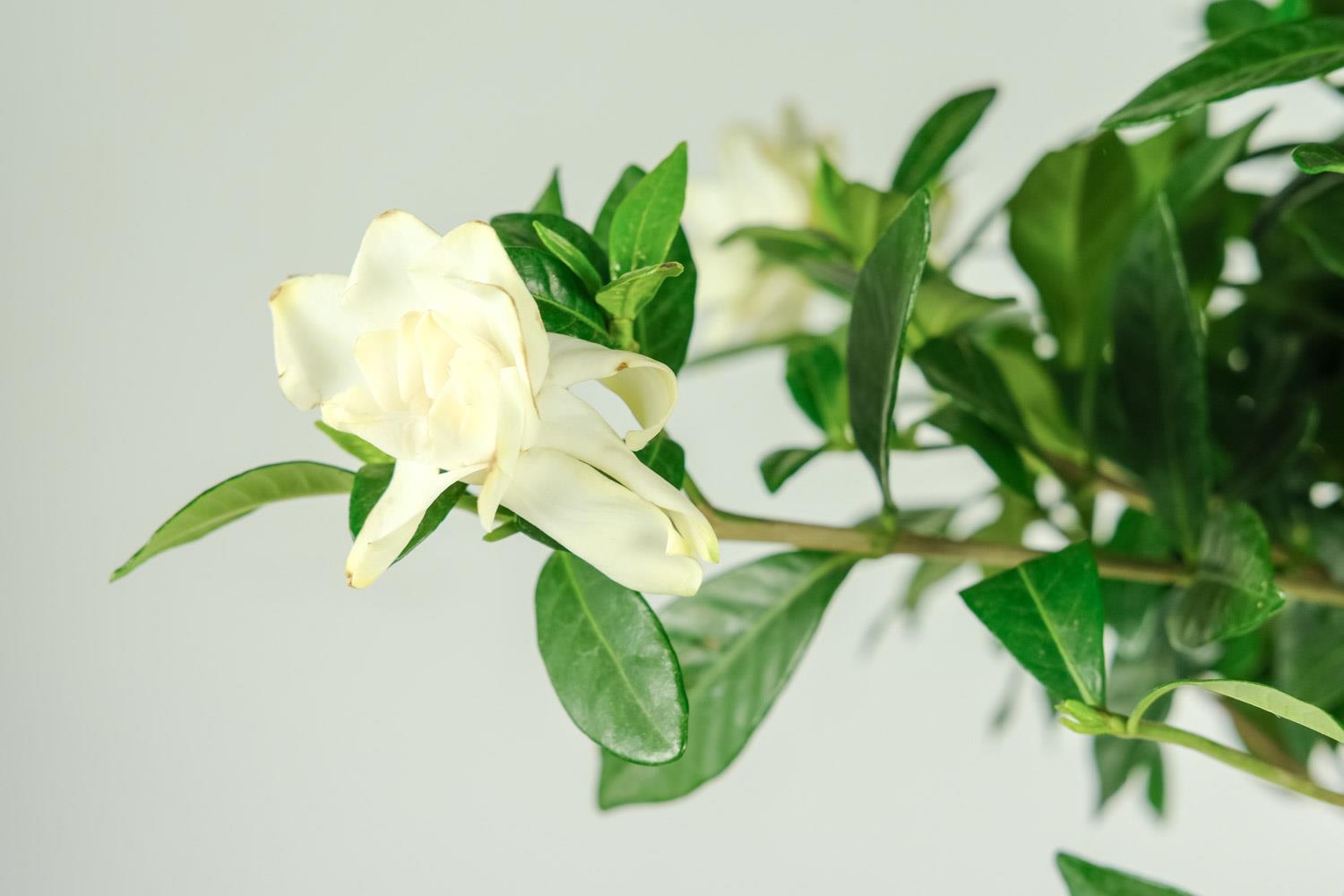
2. Fertilization
3. Watering
4. Lighting
5. Things to note
- END -
These leaves on the roadside can be used to make rice dumplings, did you know?

It’s the Dragon Boat Festival~it’s time to eat rice dumplings~the supermarket he...
The difference between wild mint and mint, pictures of mint
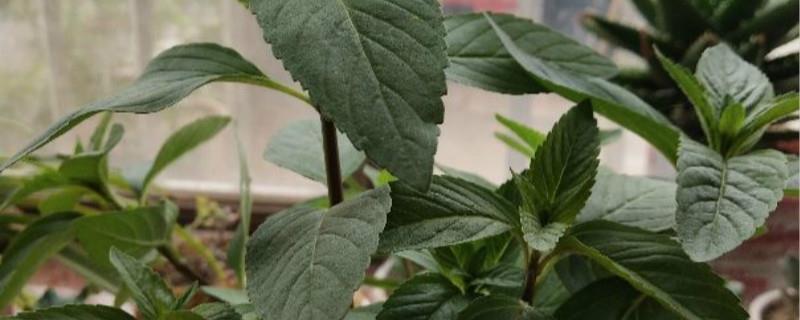
There is not much difference between wild mint and mint, especially in appearance....